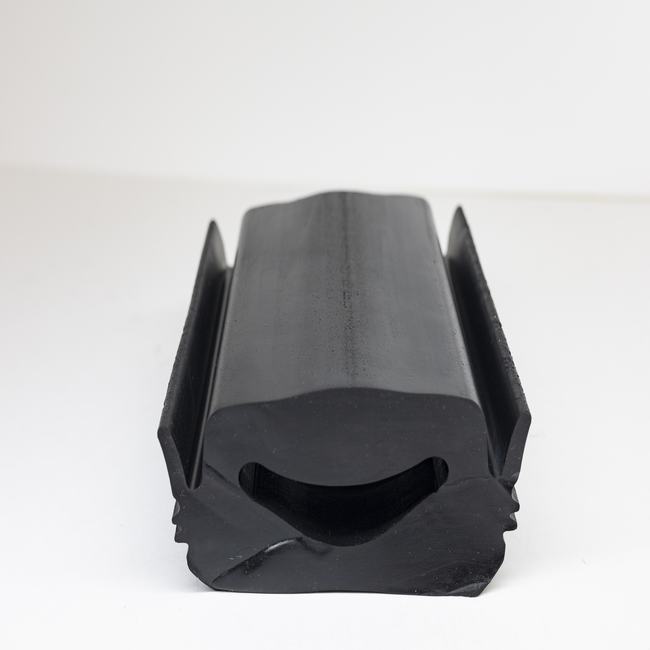ship seals
Ship seals refer to a variety of sealing components and systems used in the maritime industry to ensure the integrity and safety of ships, vessels, and maritime equipment. These seals play a crucial role in preventing water ingress, maintaining buoyancy, and protecting the cargo, crew, and equipment from the harsh marine environment. There are several types of ship seals and sealing systems commonly used in the maritime industry:
1. **Hull Seals:** These seals are installed in the hull of a ship to prevent water from entering the vessel. Hull seals are typically made of rubber or elastomeric materials and can be found in various configurations, including inflatable seals and fixed rubber seals.
2. **Hatch Seals:** Hatch seals are used to create watertight and airtight seals on cargo hatches, ensuring that the cargo compartments remain dry and secure. These seals are commonly used on container ships and bulk carriers.
3. **Shaft Seals:** Shaft seals are used to prevent water from entering the ship's engine room through the propeller shaft opening. Mechanical seals, lip seals, and other types of shaft seals are used to achieve this.
4. **Valve Seals:** Valves on ships and marine equipment need proper sealing to control the flow of fluids. Various types of seals, such as O-rings and gaskets, are used in valves to prevent leaks.
5. **Pump Seals:** Seals in pumps and pumping systems are critical to prevent the ingress of water into the machinery. They help maintain the efficiency and functionality of onboard pumps.
6. **Bulkhead Seals:** Bulkhead seals are used in the construction of watertight and airtight bulkheads, which are essential for the safety and stability of the vessel. These seals are typically made of rubber or elastomeric materials.
7. **Cable and Wire Penetration Seals:** These seals are used to maintain the integrity of cable and wire penetrations through the ship's hull and bulkheads. They prevent water ingress and maintain electrical insulation.
8. **Gland Packing and Stuffing Box Seals:** These seals are used in the stuffing boxes of propulsion systems to prevent water from entering while allowing the propeller shaft to rotate. Gland packing can be made of various materials, including rubber and PTFE.
9. **Sealing for Seawater Systems:** Seals are used in various seawater systems on a ship, including ballast tanks, cooling systems, and seawater intakes. These seals help prevent corrosion and maintain system efficiency.
10. **Lifeboat and Hatch Cover Seals:** Seals on lifeboat hatches and covers are essential for ensuring the safety of crew and passengers. They keep lifeboats dry and ready for use in emergencies.
11. **Winch and Windlass Seals:** Winches and windlasses used for anchoring and mooring require sealing to prevent water ingress and maintain their operational effectiveness.
The choice of ship seals depends on the specific application, environmental conditions, and regulations governing the maritime industry. Proper maintenance and inspection of these seals are crucial to ensure their effectiveness and the safety of the vessel and crew. Leakage or failure of ship seals can lead to serious consequences, including flooding, cargo damage, and compromised vessel stability.

Yorumlar
Yorum Gönder